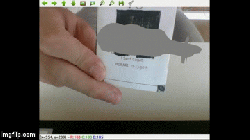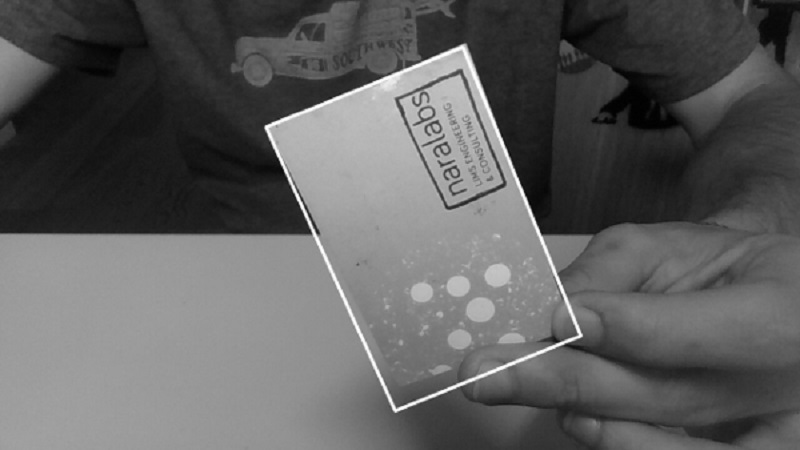In July of 2016 a game was released that quickly spread to every corner of the planet. Pokemon Go was an Augmented Reality game that used a smart phone’s GPS location and camera to place virtual creatures into the person’s real location. The game was praised for its creativity and was one of the most popular and profitable apps in 2016. It’s been download over 500 million times since. 
Most of its users were probably unaware that they were flirting with a new and upcoming technology called Augmented Reality. A few day ago, [floz] submitted to us a blog from a student who is clearly very aware of what this technology is and what it can do. So aware in fact that they made their own Augmented Reality system with Python and OpenCV.
In the first part of a multi-part series – the student (we don’t know their name) walks you through the basic structure of making a virtual object appear on a real world object through a camera. He 0r she gets into some fairly dense math, so you might want to wait until you have a spare hour or two before digging into this one.
Thanks to [floz] for the tip!
















:D
I’m sure quite a few have seen AR apps in the Google store like Sky Map for example.
Nice! When I read the headline I thought it was something to do with beer goggles.
Beer is all you need to augment reality.
1++
What’s interesting that both with games as well as the various webcam software they can track things live but with many a video editor you have to wait an hour or two for tracking to be done at a fraction of 1fps.
Maybe because the resolution isn’t the same?
Indeed.
Video editors are designed to maintain the highest possible quality at the expense of processing speed. Although a fraction of 1fps is a horrendous exaggeration.
A.R. is designed to provide instant gratification to the ‘Ooh Shiny’ types.
Here’s an old article of an example made in flash:
https://hackaday.com/2008/11/19/augmented-reality-in-flash/
…unfortunately the website is now down – I had this fella set up on my desk to cheer me up after I dealt with crappy clients whilst I was a trainee at a software dev house.
Two of my first experiences, long before P:GO were SpecTrek and nerdherder.. Nerdherder was more just your phone, camera and a printed piece of paper that you interacted with your phone, while SpecTrek had you roaming around the neighborhood and had you flipping your phone down like a map, to look for ghosts and up in camera mode to actually capture them. First played back on the HTC EVO 4G, family and I all had a blast with it!